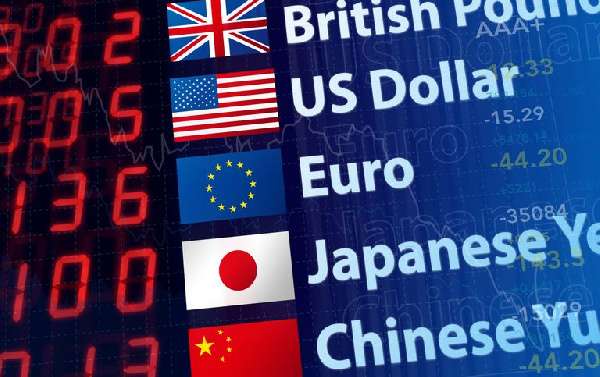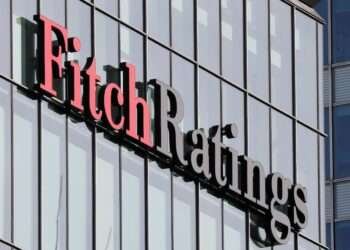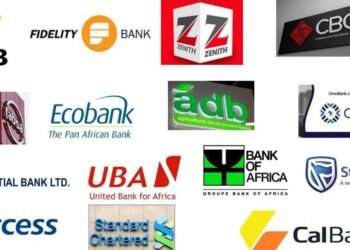The Bank Of Ghana Interbank forex rates as at January 4, 2023, have shown that the Ghana Cedi is trading against the dollar at a buying price of Gh₵ 8.5817 and a selling price of Gh₵ 8.5903, as compared to yesterday’s trading of a buying price of Gh₵ 8.5717 and a selling price of Gh₵ 8.5803.
At a forex bureau in Accra, the dollar is being bought at a rate of 11.00 and sold at a rate of 11.70.
Against the Pound Sterling, the Cedi is trading at a buying price of 10.3152 and a selling price of 10.3264 as compared to yesterday’s trading of a buying price of 10.3058 and a selling price of 10.3178.
At a forex bureau in Accra, the pound sterling is being bought at a rate of 12.50 and sold at a rate of 14.50.
The Euro is trading at a buying price of 9.0731 and a selling price of 9.0821 as compared to yesterday’s trading of a buying price of 9.1412 and a selling price of 9.1502.
At a forex bureau in Accra, Euro is being bought at a rate of 11.20 and sold at a rate of 12.30.
The South African Rand is trading at a buying price of 0.5058 and a selling price of 0.5059 as compared to yesterday’s trading of a buying price of 0.5042 and a selling price of 0.5046.
At a forex bureau in Accra, South African Rand is being bought at a rate of 0.45 and sold at a rate of 0.90.
The Nigerian Naira is trading at a buying price of 53.6746 and a selling price of 53.7095 as compared to yesterday’s trading at a buying price of 55.3638 and a selling price of 55.4756.
At a forex bureau in Accra, Nigerian Naira is being bought at a rate of 12.50 Naira for every 1 Cedi and sold at a rate of 17.50.
US Dollar Makes Strong Start To 2023 After Months-Long Slump
The US dollar posted gains against nearly all of its major peers as trading kicked off in 2023 after a seasonal holiday lull.

Only the Japanese yen proved stronger than the greenback among group of 10 currencies, with the pound, euro and Swiss franc falling sharply. That saw the Bloomberg dollar spot index climb as much as 0.9%, putting it on track for its best day since mid-December.
According to traders, the moves were exacerbated by thin liquidity. But it was also a reminder that the dollar’s fall in value in recent months, which is broadly expected to keep going this year, will not be a one-way move.
From the perspective of Geoff Yu, a Senior Currency Strategist at Bank of New York Mellon, he stated that from a re-balancing perspective, the US dollar ended the year a bit overdone. This implies a bit of recovery flow happening almost by default, he said.
The Bloomberg spot index fell 6.8% between October and December 2022 as traders slashed long-dollar positions, its worst quarterly performance for more than a decade.
While Geoff Yu sees further weakness, he is “highly skeptical” that the Federal Reserve can cut interest rates this year, which could help temper a longer-term drop.
The Australian dollar led losses against the greenback, down 1.4% to 0.6707. The yen bucked the trend to advance, reflecting bets on tighter policy from the Bank of Japan after its surprise December decision to tweak its yield curve control settings.
The currency pared gains in European hours to trade up 0.2% at 130.59, after earlier appreciating nearly 1% to the strongest since early June.
According to Ian Tew, Head of G-10 currency spot trading for EMEA at Barclays Plc, with Japanese financial markets still shut for new-year holidays, currency flows doubled since the London open,
“We are looking at an uncertain 2023, and many macro themes will dictate market narratives. Today feels like an unwind of short-term December positions, rather than anything fundamental to start the year.
“The overwhelming flow has been for yen calls in the option space, but we have also seen dollar demand from hedge funds.”
Ian Tew
Read Also : Ghana Should Expedite Debt Exchange Negotiations To Avoid Dire Consequences – Joe Jackson





















